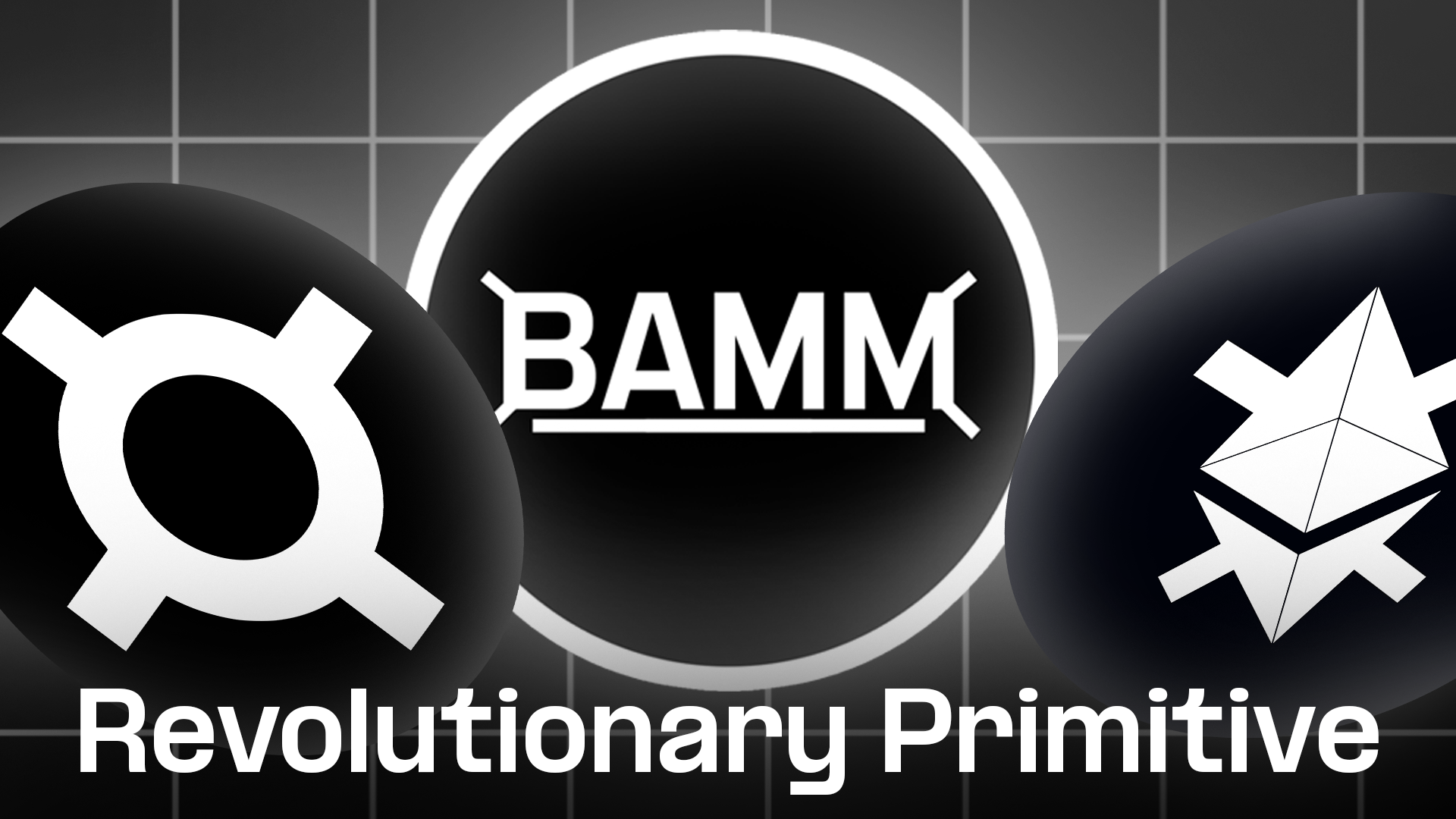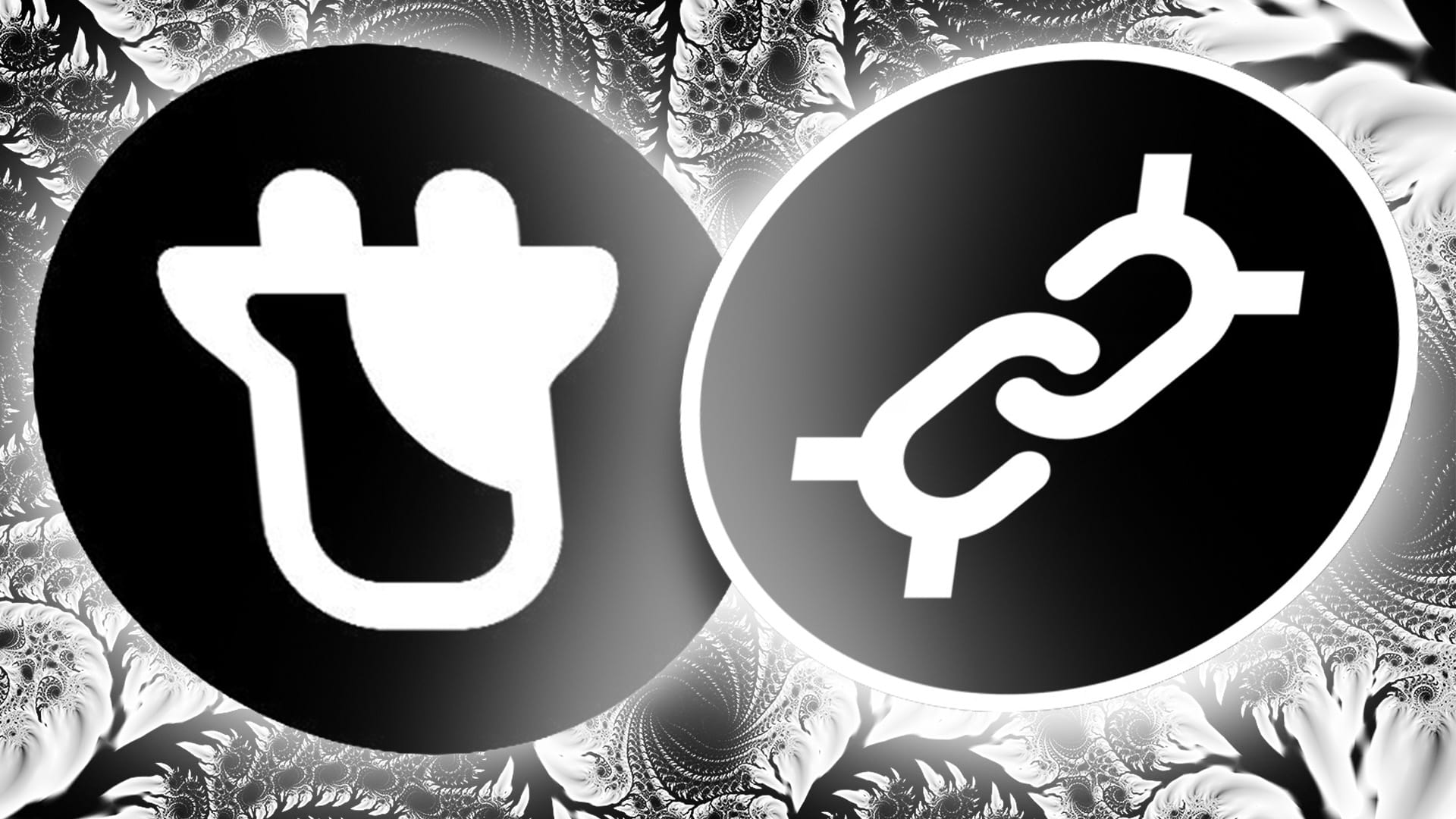The hottest topic this week in the Frax TG has been LENX, previously known as Renaissance DAO, which completed an LBA on Fjord Foundry this week, raising $10.22 million for their XD token.
We interviewed Founder John Bell about his plans for creation of a new Bitcoin wrapper and how it would be used on Fraxchain.
Originally designed as an “OHM inspired fractionalized NFT marketplace,” Renaissance DAO received a $250,000 investment from the Frax DAO with a resounding Yes vote. The seed investment was for Renaissance’s ART token (now called XD), which would have been used as ownership rights to an index of DAO owned NFTs. The idea didn’t pan out, but the team kept building and pivoted to their current project called LENX.
So what is LENX and how are they trying to grow the Frax ecosystem?
LENX calls itself an “Omnichain Bitcoin Liquidity Protocol” which means they are building a new decentralized wrapper for native Bitcoin, called xBTC, to be used on Ethereum and other L2s, notably Fraxchain. They also are building other DeFi products to support xBTC, an Omnichain swap, a new BAMM gauge, and a Bitcoin backed CDP.
If they are successful, it would most likely take the role of what frxBTC had planned to be within the Frax ecosystem, but unfortunately was superseded by other products like Fraxlend, BAMM, and Fraxchain. Sam Kazemian is a massive Bitcoin supporter to this day, and frxBTC had been a discussion point within the Frax community back in late 2022.
The idea for frxBTC at the time would have been to setup a “special purpose” FraxFerry system that would custody native BTC and then issue frxBTC on Ethereum. Sam K said at the time that “It isn't trivial, but it isn't insanely hard. It's more a question of scope and whether there would be significant need or usage of frxBTC.”
Since Ren Protocol shut down in December 2022, there has not been a widespread replacement for it.
Taking a look at Curve, there are currently 2 BTC pools for sBTC (issued by Synthetix), with a market cap of $13.7m and tBTC (issued by Threshold), with a market cap of $60m. sBTC is a synthetic version of BTC that is collateralized by SNX. tBTC on the other hand is minted through Threshold’s decentralized bridge. Other than these two options, there are no other wrapped BTC alternatives than wBTC.
Threshold’s tBTC has seen flat growth for 2023, only adding 500 BTC to its supply for the entire year. While its holder count has gone up, its usage across Ethereum-based DeFi is minimal, with Curve’s 2btc pool capturing 225 tBTC and TriCRV’s crvUSD/tBTC/wstETH only 105 tBTC.
The problem with a simple Bitcoin bridge is the economics. We wrote last year in Flywheel:
The primary problem with the creation of FrxBTC is that Bitcoin is a useless rock that produces zero revenues. The only fees that Frax will receive from creation and operation of FrxBTC would be from minting/unminting and the Fraxlend AMO. Assuming that FrxBTC could reach the same size as RenBTC at its peak and charges a 0.25% fee, Frax would earn 50 BTC ($840,000) from minting alone. Fraxlend fees are harder to gauge due to how much demand their might be for the product. If FrxBTC is not as successful as Ren, the fees might never exceed the costs and maintenance of the FraxFerry bridge.
For all the platitudes though, creation of FrxBTC is at its core a question of time and resources. The DAO should really ask whether there will be significant demand for FrxBTC and will it improve the Frax protocol on the whole?

Furthermore, Sam K wrote at the time
“BTC does not have any kind of yield or inherent value other than as a non-custodial digital asset (which is valuable in and of itself but that's it). So other than it being a cost that weighs down the protocol to subsidize its yield, there's really no reason for it to exist. At least that's my current view.” If the DAO chooses to create FrxBTC its unclear if it would ever be a profitable part of the ecosystem or if anyone would actually mint it. Sam K continues “ it needs to fit into the Frax vision. We don't ship random protocol features for fun. Like for example, we're not going to do something as random as an NFT marketplace. We have no reason or scope to be in that arena. But the question is, does a BTC stablecoin make sense. I'm not really sure.” - Sam K
And he was correct, there was more demand for ETH LSDs, Fraxlend, an Arbitrum deployment and now Fraxchain and BAMM. These product releases have far outstripped the need for Frax to deploy its own BTC wrapper. However, it in no way precludes other teams like LENX from taking on the challenge and building their own solution that could eventually be integrated into Frax’s suite of DeFi products.
And this is where LENX steps in with a new way to tokenize Bitcoin on Ethereum and provide supporting DeFi services for xBTC holders using the Frax ecosystem of products. According to LENX they are planning to issue 3 core products:
- xBTC - BTC pegged stablecoin.
- LENXSwap - A uniswap v2 fork
- BXD - a USD-pegged stablecoin issued using xBTC in a CDP.
We won’t cover LENXSwap and BXD in this article. Both products are similar to other existing DeFi products and while their parameters have yet to be released, it most likely will be similar to Uni v2 and Maker.
xBTC
The core product LENX is releasing is xBTC, a decentralized wrapped Bitcoin supported by ZetaChain, a new L1 and smart contract platform that enables message passing and asset management. Zetachain creates Omnichain smart contracts that read and pass messages from external chains where it can send data, make function calls, and observe events.
LENX is using ZetaChain as the “custodian” for its Bitcoin. ZetaChain has no native way to issue wrapped assets on Ethereum, and so LENX was built to unlock Bitcoin tokenized omnichain Bitcoin liquidity.
LENX has created what they call the ZRC-20 token standard, which is integral to ZetaChain's omnichain smart contracts. It is utilized by LENX for minting and burning native asset transfers across connected chains.
To mint xBTC, Bitcoin transaction must adhere to specific criteria set by LENX and Zetachain. It requires at least two outputs: the first directed to the TSS (Threshold Signature Scheme) Bitcoin address for security, and the second as a memo output. This memo, created with a Bitcoin script command (OP_RETURN) and containing data under 80 bytes, communicates the recipient's address or additional instructions for smart contract interaction on zEVM.
The process differs slightly based on the transaction's purpose. For a straightforward deposit, the memo data includes a 20-byte Ethereum-style address.
If the transaction involves a smart contract, the memo extends to include the contract address and a binary message.
Once the data input is set, the BTC is sent to the Bitcoin TSS address with a memo indicating the deposit, such as “deposit to fraximaxi.eth.” ZetaChain's nodes observe this event and then credit the specified address with an equivalent amount of zBTC on ZetaChain’s Omnichain smart contracts, minus any fees. Following this, the LENXBTCMinter mints xBTC and transfers it to the user's address.
The original BTC is held securely by the TSS address and can be reclaimed by the user by burning the corresponding amount of xBTC, triggering LENX to release the BTC back to the user.
One thing that is not said in the docs is how long it will take to mint xBTC. Assuming the BTC transfer requires at least 6 blocks for finality, this would mean mint and burning would take roughly an hour.
LENX/Frax Integration
The LENX team has made several comments about future deployment and growth incentives on Fraxchain and BAMM, which are planned for release in Q1 2024. Flywheel has covered both projects before you can find documentation on them below


LENX is planning to create two BAMM pools on Fraxchain, a WBTC/xBTC pool and a FRAX/xBTC pool. The idea for both of these pools is that LENX will have them be added for gauge voting and they would receive rewards for it.
LENX is planning on using the Frax AMO model to support liquidity in these pools and on Curve. AMO operations will allow LENX to increase their relative TVL size in these pools and collect FXS rewards that would be locked as veFXS and then used to vote for their pools. XD tokens will be used to bribe these pools, in return for FXS. This flywheel of FXS accumulation would allow them to boost liquidity in their markets and incentivize new users to acquire xBTC for staking purposes.
We'll be interested to see how LENX picks up xBTC and uses Frax as the liquidity layer, both on Ethereum and Fraxchain. While only tidbits of public info have been released about Frax's upcoming L2, we are excited that LENX is set to deploy a brand new asset type specifically on Fraxchain and build liquidity in BAMM. DeFi needs Bitcoin, and LENX is poised to bring an EVM wrapper for the asset to market.





